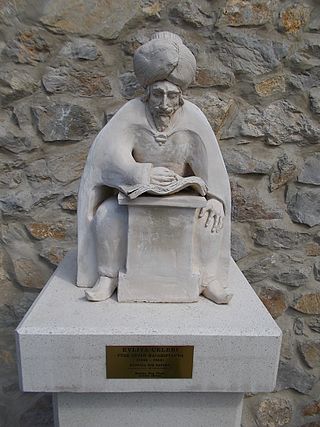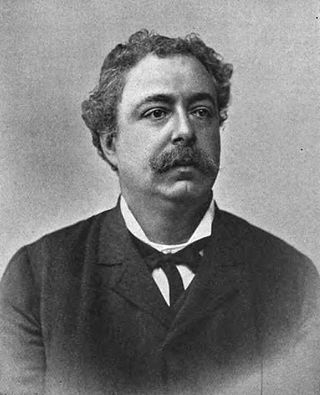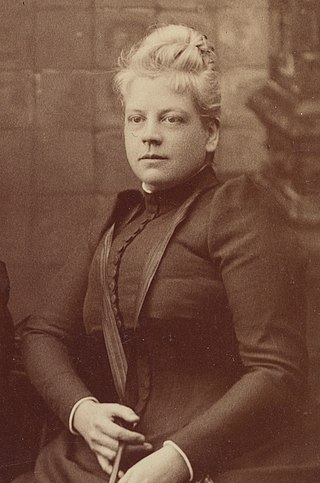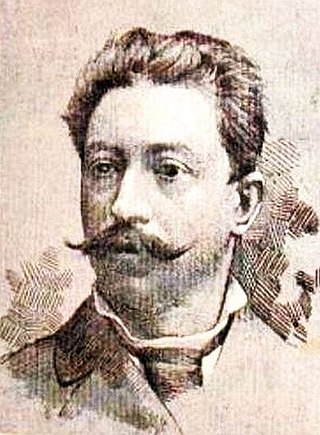
Derviş Mehmed Zillî, known as Evliya Çelebi, was an Ottoman explorer who travelled through the territory of the Ottoman Empire and neighboring lands over a period of forty years, recording his commentary in a travelogue called the Seyâhatnâme. The name Çelebi is an honorific title meaning "gentleman" or "man of God".

Hagia Sophia, officially the Hagia Sophia Grand Mosque, is a mosque and major cultural and historical site in Istanbul, Turkey. The mosque was originally built as a Greek Orthodox church which lasted from 360 AD until the conquest of Constantinople by the Ottoman Empire in 1453. It served as a mosque until 1935, when it became a museum. In 2020, the site once again became a mosque.

Johannes Leo Africanus was an Andalusian diplomat and author who is best known for his 1526 book Cosmographia et geographia de Affrica, later published by Giovanni Battista Ramusio as Descrittione dell’Africa in 1550, centered on the geography of the Maghreb and Nile Valley. The book was regarded among his scholarly peers in Europe as the most authoritative treatise on the subject until the modern exploration of Africa. For this work, Leo became a household name among European geographers. He converted from Islam to Christianity and changed his name to Johannes Leo de Medicis.

The Grand Bazaar in Istanbul is one of the largest and oldest covered markets in the world, with 61 covered streets and over 4,000 shops on a total area of 30,700 m2, attracting between 250,000 and 400,000 visitors daily. In 2014, it was listed No.1 among the world's most-visited tourist attractions with 91,250,000 annual visitors. The Grand Bazaar at Istanbul is often regarded as one of the first shopping malls of the world.

Edmondo De Amicis was an Italian novelist, journalist, poet, and short-story writer. His best-known book is Cuore, a children's novel translated into English as Heart.

Paolo Mantegazza was an Italian neurologist, physiologist, and anthropologist, noted for his experimental investigation of coca leaves into its effects on the human psyche. He was also an author of fiction.

The Galata Bridge is a bridge that spans the Golden Horn in Istanbul, Turkey. From the end of the 19th century in particular, the bridge has featured in Turkish literature, theater, poetry and novels. The current Galata Bridge is just the latest in a series of bridges linking Eminönü in the Fatih district and Karaköy in Beyoğlu since the early 19th century. The current bridge, the fifth on the same site, was built in 1994.

Beyoğlu is a district on the European side of İstanbul, Turkey, separated from the old city by the Golden Horn. It was known as the region of Pera surrounding the ancient coastal town Galata which faced Constantinople across the Horn. Beyoğlu continued to be named Pera during the Middle Ages and, in western languages, into the early 20th century.

Simit is a circular bread, typically encrusted with sesame seeds or, less commonly, poppy, flax or sunflower seeds, found across the cuisines of the former Ottoman Empire, and the Middle East. Simit's size, crunch, chewiness, and other characteristics vary slightly by region. It is widely known as Turkish bagel in the United States.

Heart is a children's novel by the Italian author Edmondo De Amicis who was a novelist, journalist, short story writer, and poet. The novel is his best known work to this day, having been inspired by his own children Furio and Ugo who had been schoolboys at the time. It is set during the Italian unification, and includes several patriotic themes. It was issued by Treves on October 18, 1886, the first day of school in Italy, and rose to immediate success.

Petrus Gyllius or Gillius (1490–1555) was a French natural scientist, topographer and translator.

Isabel Florence Hapgood was an American ecumenist, writer and translator, especially of Russian and French texts.

Ivan Stojanović (1829–1900) was a Catholic priest from Dubrovnik who wrote the book Dubrovačka Književnost, published in 1900, arguing that the people of Dubrovnik were Roman Catholic by religion, but by language Serbs. He was involved with the literary journal Slovinac.

Fausto Zonaro was an Italian painter, best known for his Realist style paintings of life and history of the Ottoman Empire.

Cesare Biseo was an Italian painter, known primarily for his orientalist scenes.

Taksim Gezi Park is an urban park next to Taksim Square, in Istanbul's Beyoğlu district It is one of the last green spaces in Beyoğlu and one of the smallest parks of Istanbul. In May 2013, plans to replace the park with a reconstruction of the former Taksim Military Barracks intended to house a shopping mall sparked the nationwide 2013 protests in Turkey.

Alberto Pasini was an Italian painter. He is best known for depicting Orientalist subjects in a late-Romantic style.
Ubertino Posculo ; also spelled Ubertino Pusculo and Latinized as either Ubertinus Posculus or Ubertinus Pusculus, was an Italian Humanist who was a student in Constantinople when the city was sacked in 1453 by the Ottoman army. Upon his return home, Posculo was the first to teach both Greek and Latin in Brescia.
Corps de droit ottoman; recueil des codes, lois, règlements, ordonnances et actes les plus importants du droit intérieur, et d'études sur le droit coutumier de l'Empire ottoman is a 1905-1906 seven-volume French-language collection of Ottoman Empire law edited by George Young (1872-1952), published by Clarendon Press in the United Kingdom.


















